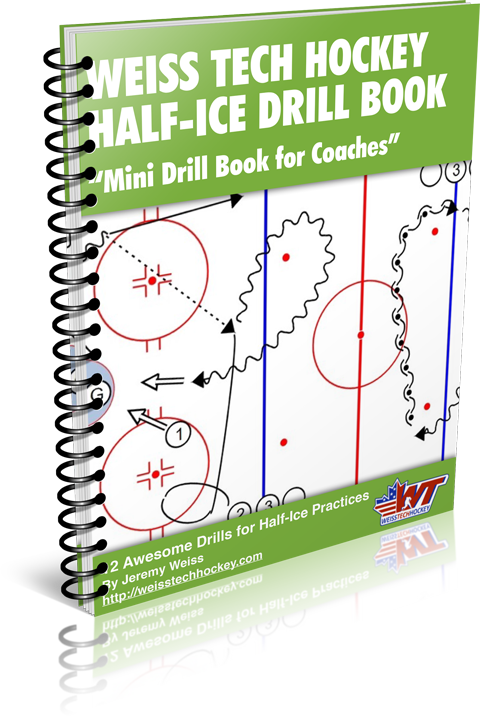
Perpetual Cycle
Perpetual Cycle is one of my favorite hockey cycling drills I've used this drill for a number of years, and its a fun one! Start by teaching your players the basic fundamentals of cycling, you might try our Cycle Give and Go Drill to get them started. Once they've got the hang of it, run this one for more advanced development. Here's the diagram and explanation: Perpetual Cycle 1. Coach dumps a puck in - first player goes into corner, picks up the puck, and cycles it back. 2. A second player follows him in to pick up the cycle. 3. After cycling it back, the first player cuts across the top of the circle and drives the net - second player passes out for a one-time shot. 4. After…








